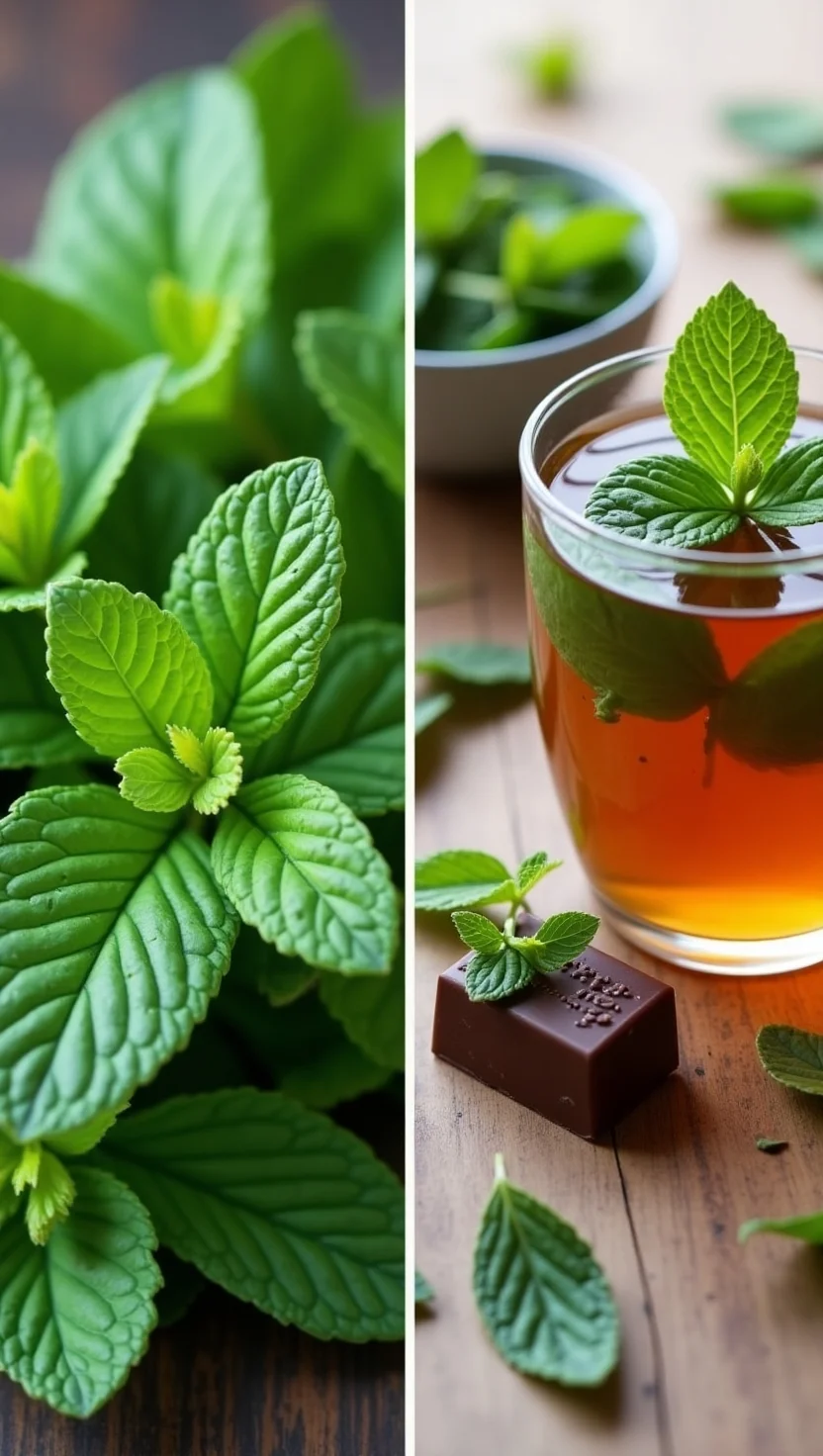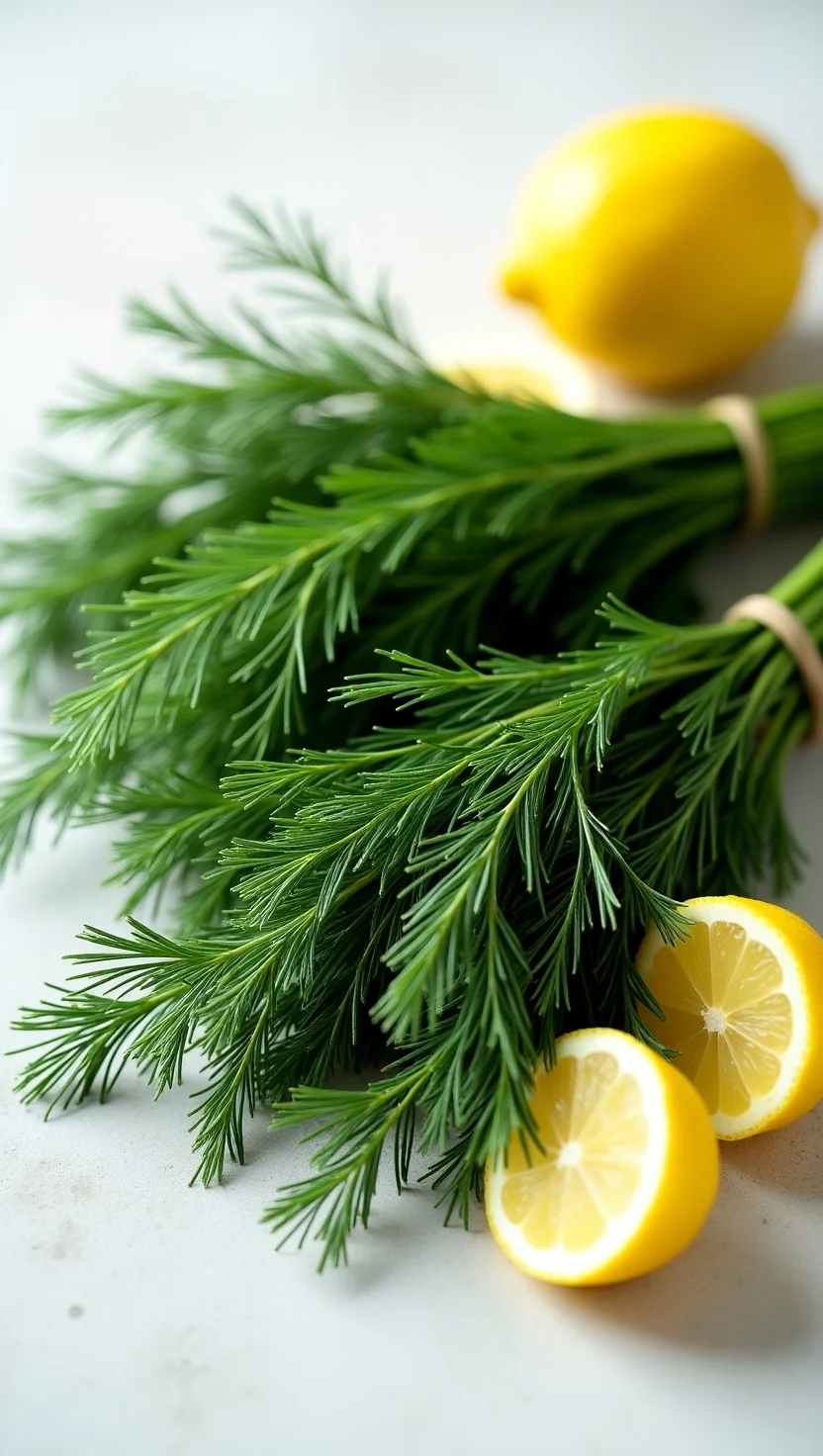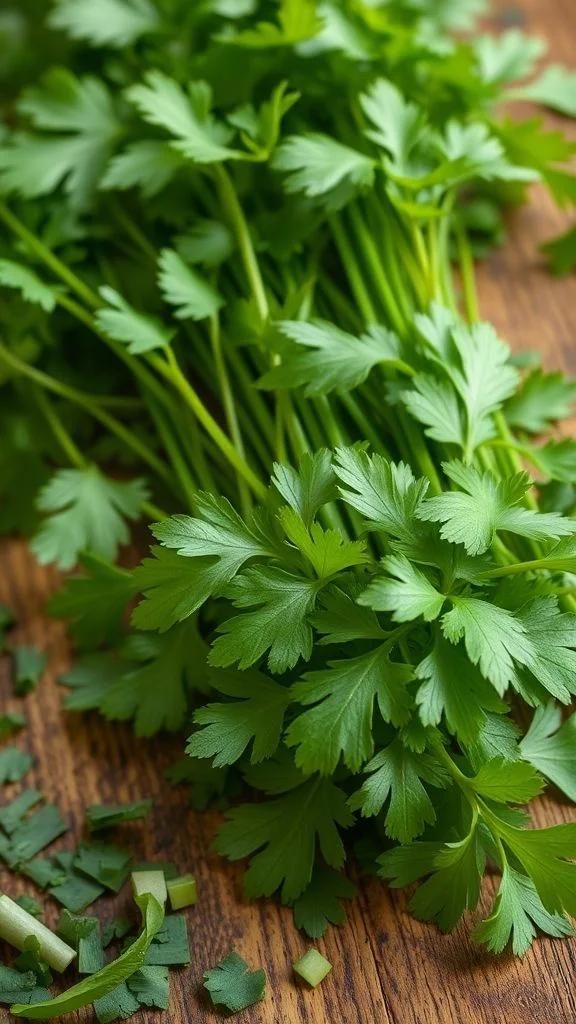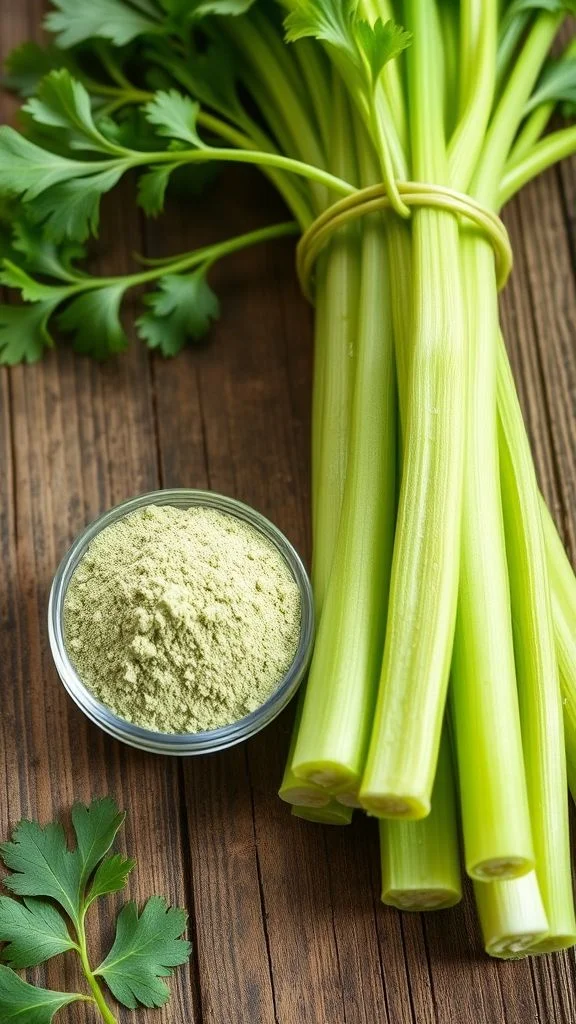Basil is one of the most beloved herbs in the world. When fresh basil isn’t available, dried basil steps in to bring flavor, aroma, and nutrition to your kitchen. Whether you’re a home cook or an herb gardening enthusiast, this guide will show you everything you need to know about dried basil.
Table of Contents
What Is Dried Basil?
is simply fresh basil that has been dehydrated to preserve its flavor and shelf life. It has a more concentrated taste than fresh basil and is commonly used in pasta sauces, soups, stews, and seasoning blends.
Health Benefits of Dried Basil
isn’t just about flavor—it offers a range of health benefits, including:
- Anti-inflammatory properties: Basil contains essential oils like eugenol that help reduce inflammation.
- Rich in antioxidants: Helps protect the body from free radical damage.
- Supports digestion: May ease bloating and gas.
- Antibacterial effects: Compounds in basil can help fight off bacteria.
- Heart health: Contains magnesium, which supports cardiovascular function.
Nutritional Value (Per 1 tablespoon of dried basil)
- Calories: ~5
- Fiber: 1g
- Vitamin K: 43% DV
- Iron: 10% DV
- Calcium: 6% DV
- Manganese: 5% DV
Although you only use a small amount, dried basil adds up nutritionally when used regularly.
How to Dry Fresh Basil at Home
Drying basil at home is easy and ensures you get the best flavor. Here are three popular methods:
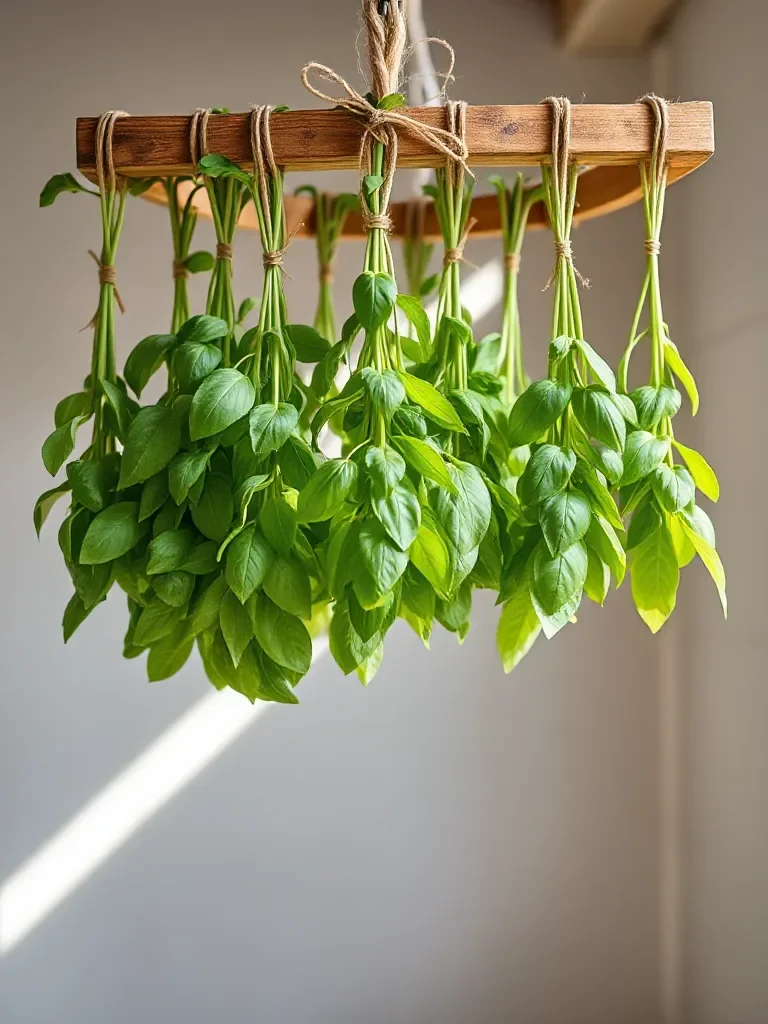
1. Air Drying
- Rinse the basil leaves gently and pat dry.
- Tie them in small bunches and hang them upside down in a dry, shaded place with good airflow.
- Wait 1–2 weeks until completely dry.
2. Oven Drying
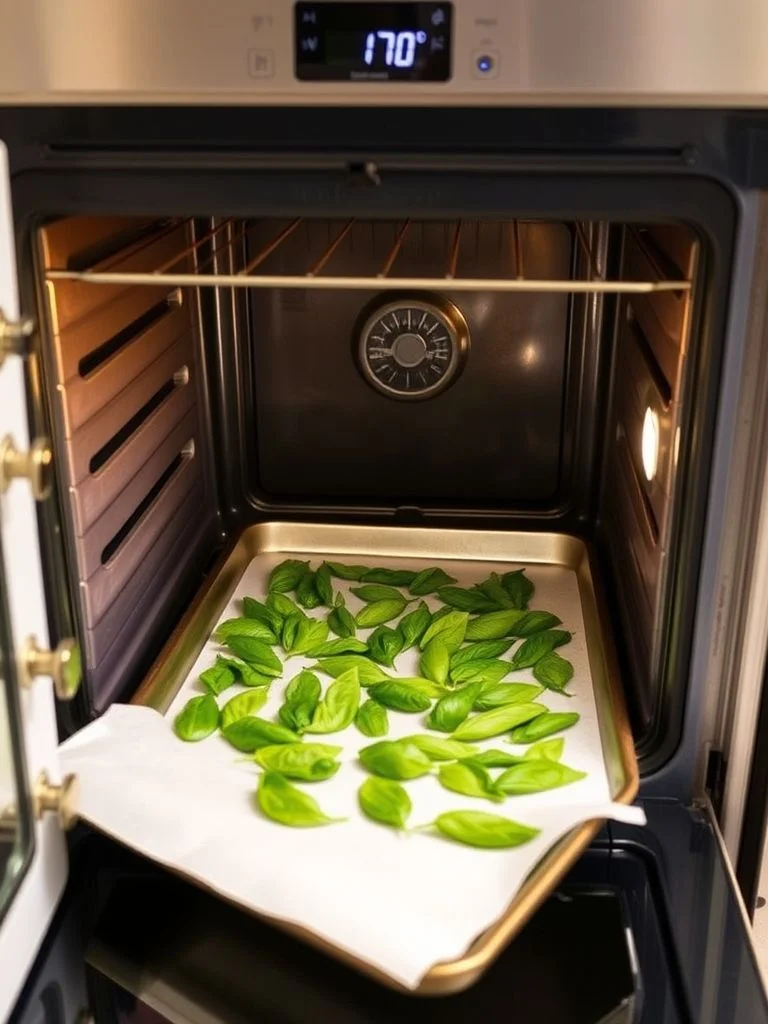
- Set your oven to the lowest temperature (around 170°F or 75°C).
- Place the leaves on a baking sheet in a single layer.
- Leave the door slightly open and check every 15–20 minutes.
- Takes about 1–2 hours.
3. Using a Dehydrator
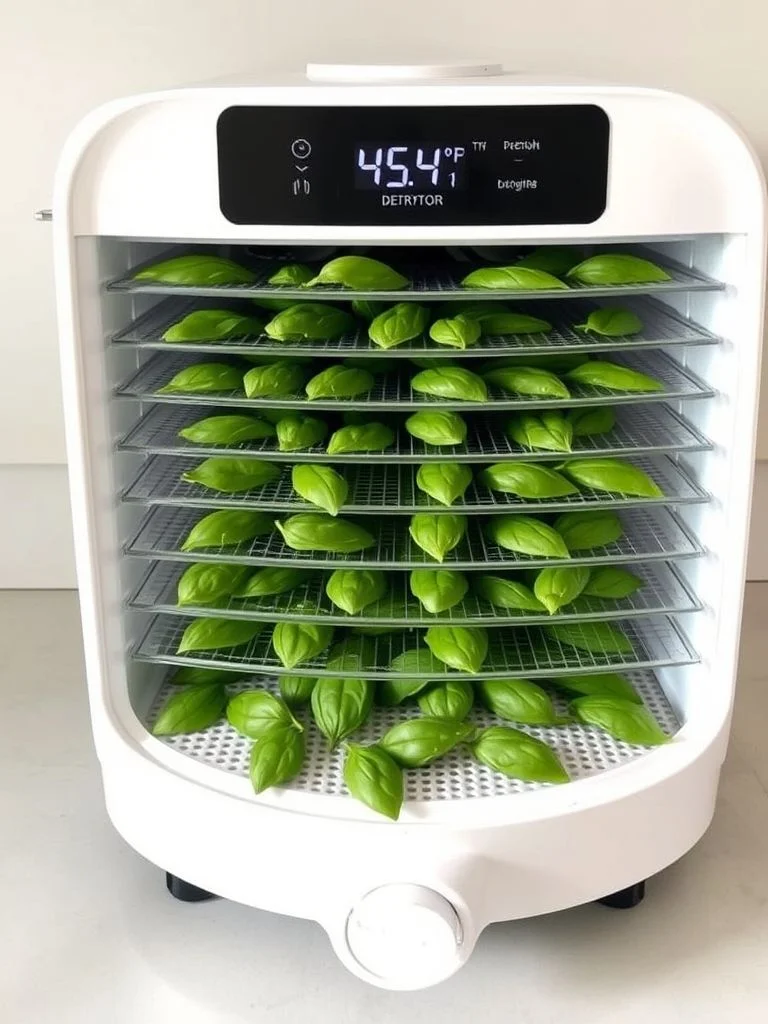
- Place the leaves in the dehydrator trays.
- Set the temperature to 95°F–115°F (35°C–46°C).
- Dry for 4–6 hours or until crisp.
Once dry, crumble the leaves and store them.
How to Store Dried Basil
Proper storage keeps dried basil flavorful for up to a year:
- Use airtight glass jars or spice containers.
- Keep it in a cool, dark place, away from direct sunlight or heat.
- Label with the drying date.
Pro tip: Don’t store basil near your stovetop—it loses its aroma faster due to heat and moisture.
How to Grow Basil at Home
Even if you don’t have a garden, basil can be easily grown indoors or in a small pot.
Steps to Grow Basil:
- Choose a sunny spot (at least 6 hours of sunlight daily).
- Use well-drained soil and a pot with drainage holes.
- Water when the top inch of soil feels dry—don’t overwater.
- Pinch off flowers to encourage leaf growth.
- Harvest regularly to keep the plant producing.
You can grow basil from seeds or cuttings. Once it’s mature, harvest and dry the leaves for future use!
Common Questions About Dried Basil
Is dried basil as good as fresh?
While the flavor is different, is more concentrated and works well in cooked dishes. Use 1 teaspoon of dried basil for every 1 tablespoon of fresh.
How long does dried basil last?
Up to 12 months when stored properly.
Can I dry basil with stems?
Yes, especially when air drying. Just remove the leaves before storing.
Can I use dried basil in pesto?
It’s best to use fresh basil for pesto, but you can try a mix of dried basil with other fresh herbs for a creative twist.
Final Thoughts
Dried basil is more than just a spice—it’s a kitchen essential packed with flavor and health benefits. By learning how to dry, store, and even grow it at home, you ensure a constant supply of this versatile herb in your pantry.
For more information and to explore the world of herbs, you can visit the following links:
Cilantro: A Fresh Take on a Classic Herb
Dill: 5 Culinary Powers That Will Make You Love This Herb
Top 5 Amazing Mints Benefits, Uses & Recipes
